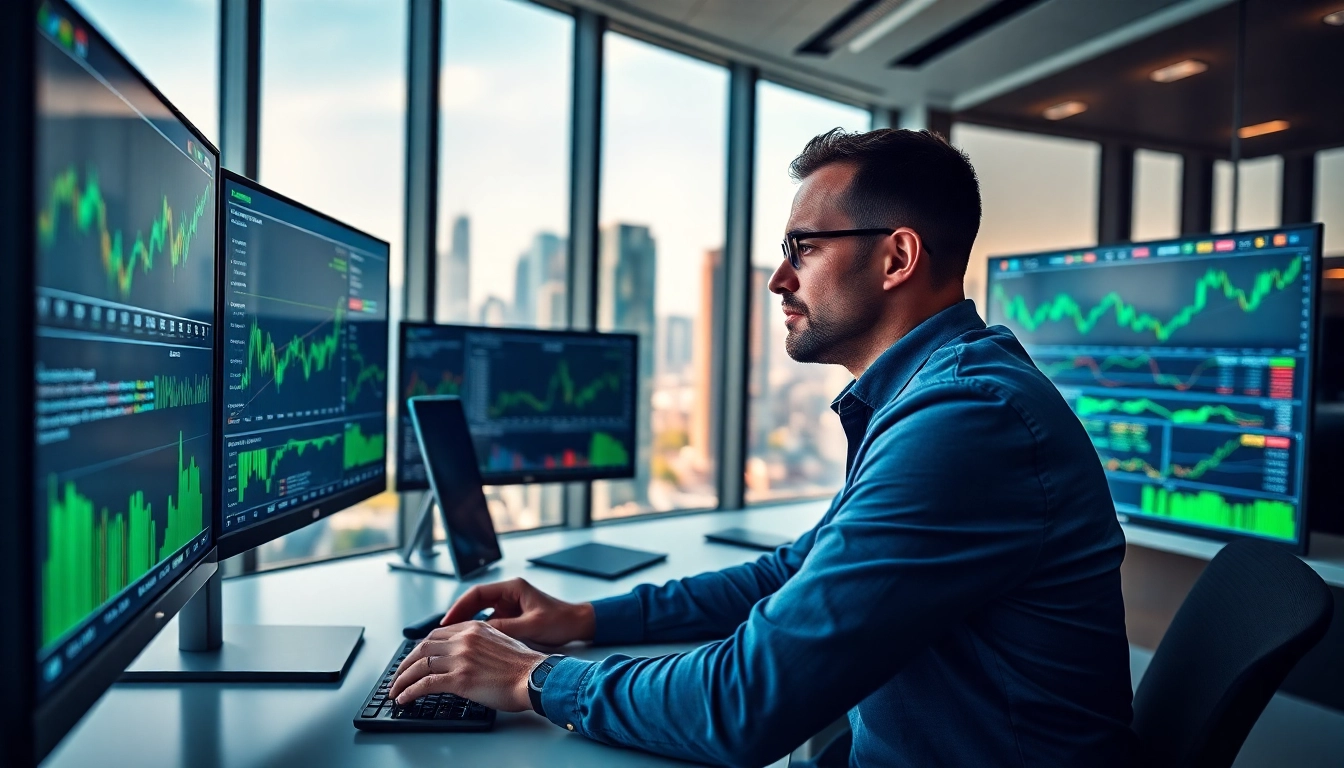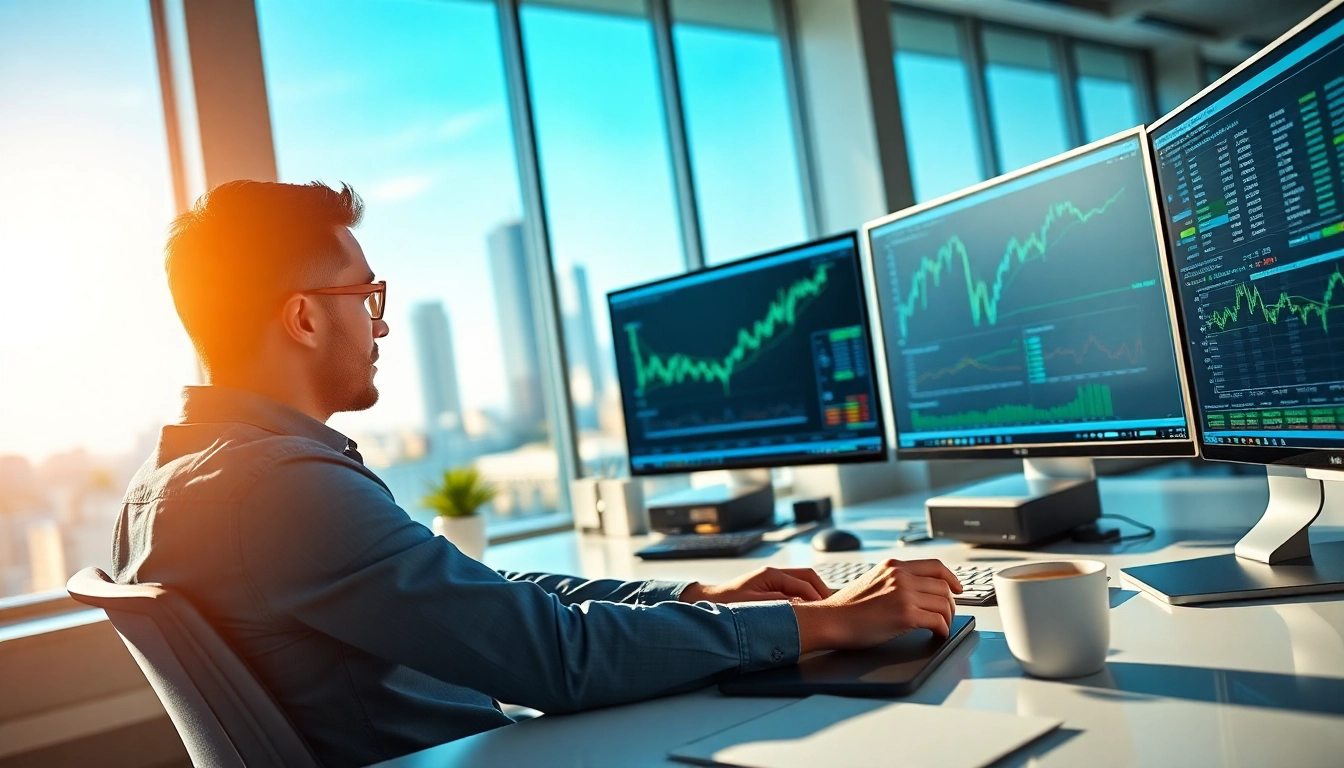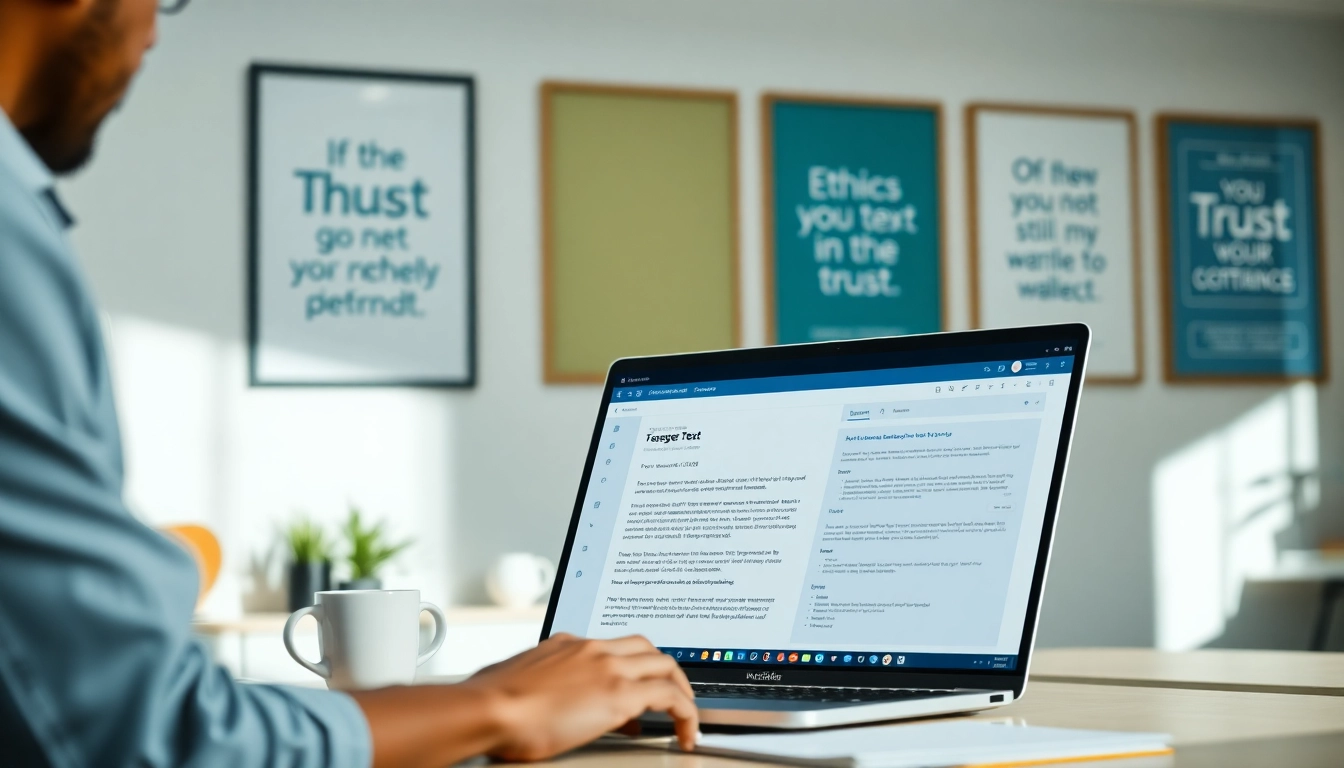
Understanding Trade Futures
Trading futures is an increasingly popular method for investors looking to leverage their capital and speculate on price movements in various assets. Futures contracts represent a legal agreement to buy or sell an asset at a predetermined price at a specified time in the future. This type of trading can be highly lucrative, yet it also carries significant risks. In this comprehensive guide, we will delve into the mechanics of futures trading, its benefits, how to get started, advanced strategies, and metrics to measure success. By the end of this article, you’ll have a thorough understanding of how to trade futures effectively.
What Are Futures Contracts?
A futures contract is a standardized legal agreement to buy or sell a specific commodity or financial instrument at a predetermined price at a predetermined time in the future. This agreement enables buyers and sellers to hedge against price fluctuations, and it is common in various markets, including commodities (like oil or agricultural products), currency futures, and stock index futures.
Futures contracts can be settled in two ways: cash settlement or physical delivery. In cash settlement, the difference between the contract price and the market price is settled in cash at expiration. Conversely, physical delivery involves the actual transfer of the underlying asset upon contract expiry.
The Importance of Leverage in Futures Trading
One of the key features of futures trading is leverage. Leverage allows traders to control a large position with a relatively small amount of capital. Typically, futures are traded on margin, meaning you must deposit a percentage of the total contract value to open a position. While this can amplify profits, it also increases risk; losses can exceed your initial investment quickly.
For instance, if you are trading a futures contract worth $100,000 with a margin requirement of 10%, you would need to deposit $10,000 to secure that position. If the contract value increases by 10%, your profit would be $10,000, representing a 100% return on your investment. However, if the value decreases by 10%, your losses would also be $10,000, leading to a total loss of your margin deposit.
Key Terminology You Need to Know
- Contract Size: The amount of the underlying asset that a futures contract represents.
- Expiration Date: The date on which the contract is set to expire and must be settled.
- Tick Size: The smallest price movement of a futures contract.
- Open Interest: The total number of outstanding contracts that have not yet been settled.
- Long Position: When a trader buys a futures contract, expecting the price to rise.
- Short Position: When a trader sells a futures contract, expecting the price to fall.
The Benefits of Trading Futures
Potential Profit from Price Speculation
One of the most attractive aspects of futures trading is the potential for high returns from price speculation. Traders can speculate on the direction of prices for various assets, from commodities to currencies, without needing to own the underlying asset outright. This aspect opens a variety of trading opportunities, as market conditions can lead to both short-term and long-term profits.
For example, if a trader believes the price of gold will rise, they can buy a futures contract with the hope of selling it later at a higher price. If they are correct, they can realize a considerable profit with only a fraction of the capital tied up in the position.
Diversification of Investment Portfolio
Futures trading offers a unique opportunity for investors to diversify their portfolios. With a variety of commodities and financial instruments available as futures contracts, traders can hedge against market volatility and gain exposure to different sectors of the economy. This diversification can help reduce the overall risk of a trading portfolio and improve long-term returns.
For instance, during periods of economic downturn, commodities such as gold have historically been viewed as a safe haven. Traders can use futures contracts on gold to offset potential losses in their stock portfolios, balancing their investment exposure.
Hedging Against Price Fluctuations
Businesses and producers often use futures trading as a hedge against price fluctuations of their physical goods. For example, a farmer may sell futures contracts on their anticipated corn harvest to lock in a price and protect against potential losses due to price declines before harvest time. This allows them to stabilize their revenue stream regardless of market conditions.
By employing futures contracts effectively, companies can mitigate the risks associated with volatile prices and ensure they can operate sustainably without the threat of market fluctuations impacting their operational capabilities.
How to Start Trading Futures
Opening a Futures Trading Account
To start trading futures, you’ll first need to open a futures trading account with a brokerage that offers this type of trading. This process typically involves filling out an application and providing financial information to assess your trading experience and risk tolerance. Most futures brokers also require a minimum deposit to open an account.
When selecting a broker, consider factors such as commission rates, margin requirements, trading platform features, and customer service. A broker with a robust platform and excellent support can significantly enhance your trading experience.
Selecting the Right Futures Contracts
Choosing which futures contracts to trade is crucial for successful trading. Markets can vary greatly in terms of volatility, liquidity, and trading hours. Common categories of futures contracts include agricultural products (like corn or wheat), energy (like crude oil or natural gas), metals (like gold or silver), and financial instruments like stock index futures.
Consider your market knowledge, risk tolerance, and investment strategy when selecting contracts. Researching market trends and analyzing past performance can provide valuable insights into which contracts may offer promising trading opportunities.
Setting Up Your Trading Strategy
A well-defined trading strategy is essential for successful futures trading. Your strategy should outline your entry and exit points, risk management principles, and your overall approach to trading. This could involve a combination of day trading, swing trading, or longer-term investments based on market analysis.
Be sure to backtest your strategy using historical data to evaluate its efficacy before executing live trades. Additionally, remain flexible and be willing to adjust your strategy in response to changing market conditions.
Advanced Strategies for Trading Futures
Using Technical Analysis to Inform Trades
Technical analysis involves reviewing historical price data to forecast future price movements. This method can guide traders in making informed decisions on when to enter or exit trades. Key tools within this analysis include trends, support and resistance levels, volume, and various indicators such as moving averages and RSI (Relative Strength Index).
Incorporating technical analysis into your trading strategy can help improve your accuracy in predicting market movements and give you a better understanding of price action dynamics.
Understanding Market Trends and Patterns
Recognizing market trends and patterns is crucial for successful futures trading. Trends signify the general direction of market prices, while patterns such as head and shoulders or double tops can hint at potential reversals. By utilizing chart patterns and trend lines, traders can gain insights into the market’s behavior and make well-informed trading decisions.
Studying historical trends can also provide clues to future price movements, allowing traders to adjust their strategies accordingly and take advantage of upcoming opportunities.
Risk Management Techniques in Futures Trading
Effective risk management is vital in futures trading due to the inherent risks associated with leverage. Techniques such as setting stop-loss orders, employing position sizing, and diversifying your trades can help safeguard your capital against unexpected market movements.
For instance, using stop-loss orders can automatically close your trading position after a specified loss, helping to prevent larger losses that could deplete your trading account.
Measuring Success in Futures Trading
Key Performance Indicators (KPIs) to Track
To gauge success despite the volatility of futures trading, it’s essential to track several key performance indicators (KPIs). These include:
- Win Ratio: The percentage of winning trades over total trades.
- Risk-Reward Ratio: The average amount gained on profitable trades compared to the average amount lost in losing trades.
- Return on Investment (ROI): The profit or loss generated relative to the investment made.
- Maximum Drawdown: The maximum observed loss from a peak to a trough in your trading capital.
Adjusting Your Strategy Based on Market Feedback
Continuous improvement is vital in trading, particularly in the fast-paced world of futures. Analyzing your trading performance and making necessary adjustments based on feedback and market changes can set you apart from less adaptive traders. Periodically review your trades, identify patterns in your successes and failures, and refine your strategy accordingly.
Utilizing trading journals, where you can document strategies, rationale behind trades, and outcomes, can provide invaluable insights for ongoing development and growth.
Staying Informed with Industry News
Strong awareness of market news and trends is essential for futures traders. Global events, economic indicators, and other market-moving news can have immediate and significant impacts on futures prices. Monitoring financial news, subscribing to industry newsletters, and following relevant analysts can ensure you remain informed about factors that may affect your trading positions.
Utilizing a multi-faceted approach that integrates technical analysis with current events can help you navigate effectively through the complexities of futures trading and make more informed decisions.







